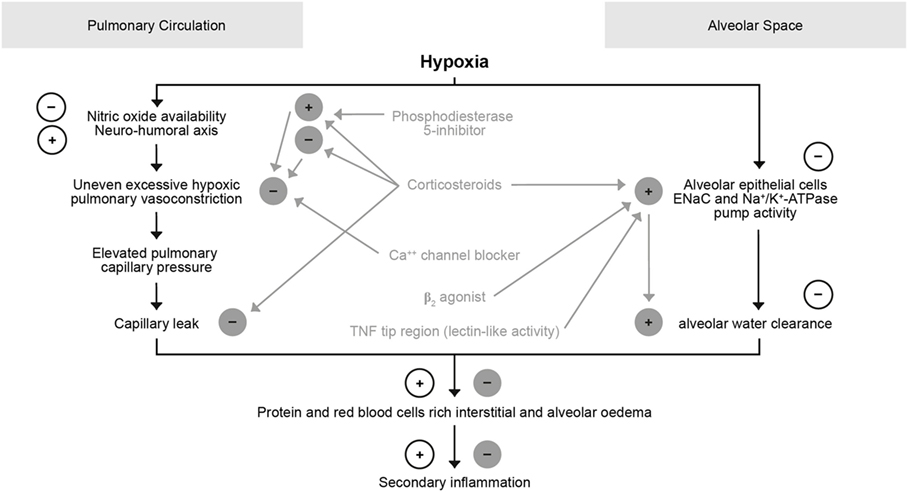
It is the pressure difference between the alveolar space or lung and the body’s surface. It’s the pressure that must be generated to overcome airway resistance. The pressure gradient required to produce airflow in the conductive airways. It is the pressure difference between the airway opening and the alveoli. It’s the pressure required to inflate the lungs and airways during positive pressure ventilation. It is the pressure difference between the airway opening and body surface. It’s the pressure required to maintain alveolar inflation. It is the pressure difference between the alveolar space and pleural space. It is the transfer of oxygen between the blood and the cells at the cellular level. It is the exchange of oxygen and carbon dioxide between the alveoli and pulmonary capillaries. They usually have developed either ventilatory failure, respiratory failure, or both. Patients who require mechanical ventilation generally have developed what? What are some more indications for mechanical ventilation in adults?Īpnea, Impending respiratory arrest, Acute exacerbation of COPD, Acute severe asthma, Neuromuscular disease, Acute hypoxemic respiratory failure, Heart failure and Cardiogenic shock, Acute brain injury, and Flail chest.ĩ. It is most commonly used for post-operative patient recovering from anesthesia and medications.Ĩ.

What are the most common uses for mechanical ventilation? It can be used in the acute hospital setting, or even to extended care at home.ħ. Is mechanical ventilation used for short term or long term care?

Therefore, it must be treated with mechanical ventilation and increased levels of PEEP.Ħ.

However, this type of oxygenation failure does not respond to supplemental oxygen therapy. Oxygenation failure is the inability of the lungs to adequately oxygenate the blood, which results in arterial hypoxemia. Ventilatory failure is caused by the following:Įach mechanism causes an increase in the arterial partial pressure of carbon dioxide (PaCO2), which ultimately leads to ventilation failure. Ventilatory failure is the inability of the lungs to remove carbon dioxide from the blood, which results in respiratory acidosis. Respiratory failure occurs when the lungs are unable to adequately oxygenate the blood or remove carbon dioxide from the body.


 0 kommentar(er)
0 kommentar(er)
